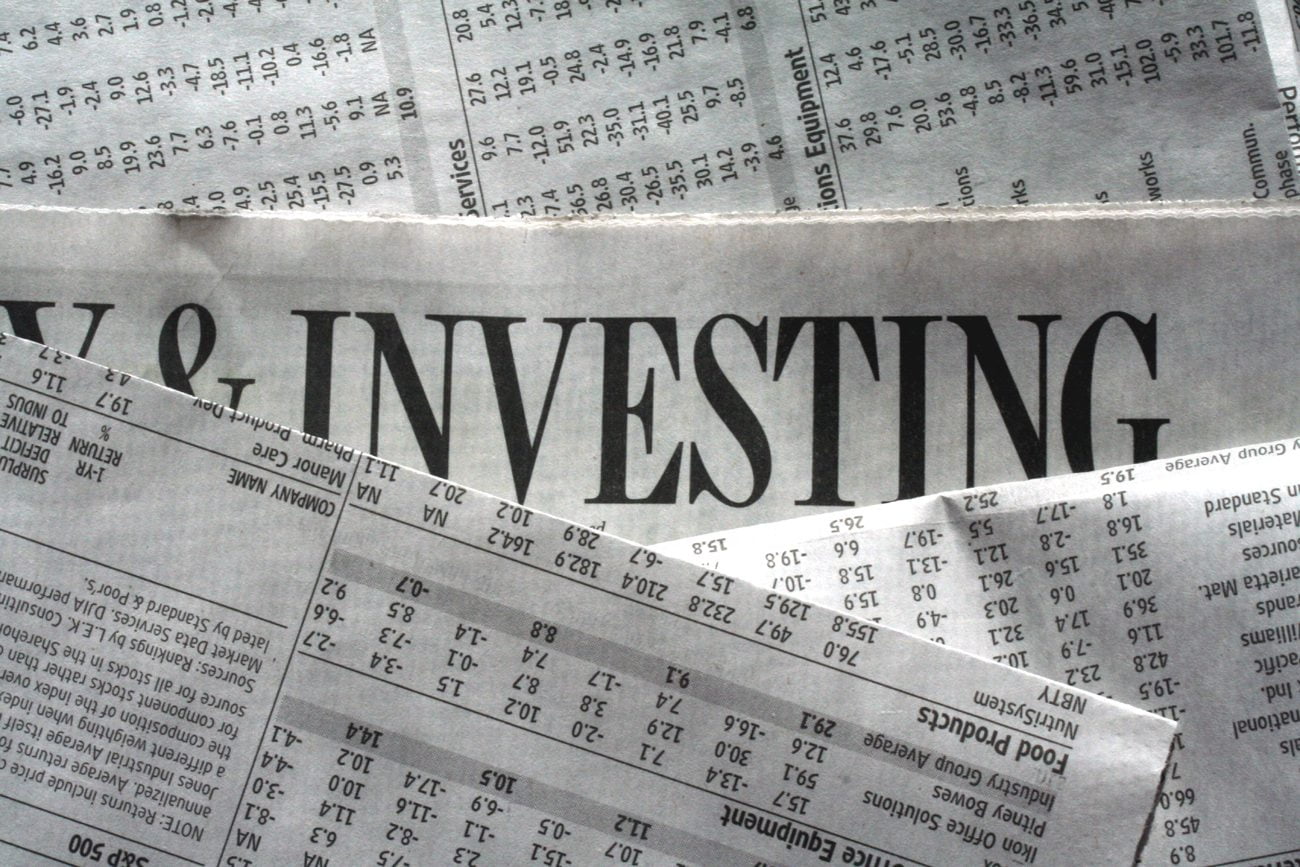

Features
Seven traits of highly effective financial investment funds
Yesterday we looked at the seven traits of highly effective investment funds. We recently dug out a book written a quarter of a century ago by Stephen R. Covey that set out the seven habits of highly effective people. Today we look at the seven traits of highly effective investment funds.
So here are the seven habits of highly effective investment funds:
1) Highly effective investment funds will match your goals such as current income (e.g. a focus on bonds) or capital growth (e.g. a focus on stocks)
2) Highly effective investment funds will match your risk tolerance. Higher risk options may deliver higher returns but also carry higher volatility (e.g. stocks). Conversely, lower risk options may deliver lower returns but also carry lower volatility (e.g. bonds)
3) Highly effective investment funds have a strong rating with one of the major rating agencies such as Standard & Poor’s, Morningstar OBSR, Citywire or FE Trustnet
4) Highly effective investment funds have exceptional fund managers with a strong track record of out-performance
5) Highly effective investment funds have clear and transparent charges and fees. If you invest you may have to contend with transaction fees, custody fees, administrative fees, structured product fees, fund fees, trial fees, retrocession and rebates. These costs (the total expense ratio or TER) can be as much as 4%pa, so you need to make at least 4% + whatever your preferred measure of inflation is before you’re making a profit, and that ignores tax implications. The True and Fair campaign has done some excellent work and has some very scary stats on this. The UK is woeful at making investment charges transparent
6) Highly effective investment funds regularly disclose all of their stock holdings, not just their top ten, so you know just what you’re investing in
7) Highly effective investment funds understand the full spectrum nature of risk (political, governance, economic, social, environmental) and are signatories to national and international standards on sustainable and responsible investment such as the UK Stewardship Code, UKSIF members, Eurosif’s Transparency Code, and the UN-sponsored Principles of Responsible Investment.
Selecting a fund might seem like quite an intimidating task with over 3,000 options, but having a clear view of your own objectives and tolerance to risk is vital to whittle them down. If you know this before selecting a fund, you will increase your chances of success. If you’re looking for a fund, we would always recommend starting with 3D Investing who has a list of sustainable, responsible and ethical funds here.


 Environment10 months ago
Environment10 months agoAre Polymer Banknotes: an Eco-Friendly Trend or a Groundswell?

 Environment12 months ago
Environment12 months agoEco-Friendly Home Improvements: Top 7 Upgrades for 2025

 Features9 months ago
Features9 months agoEco-Friendly Cryptocurrencies: Sustainable Investment Choices

 Features10 months ago
Features10 months agoEco-Friendly Crypto Traders Must Find the Right Exchange





























